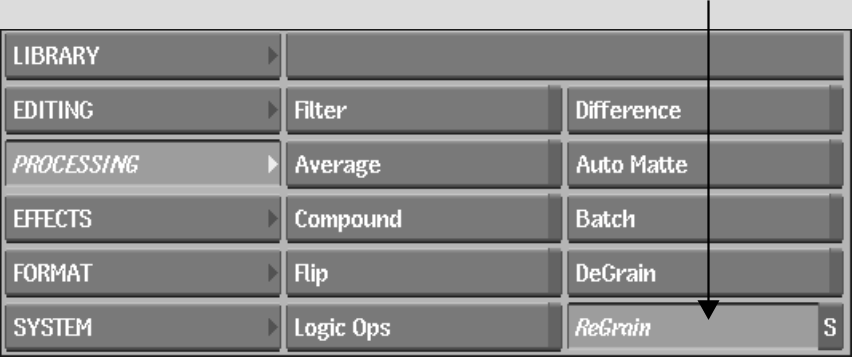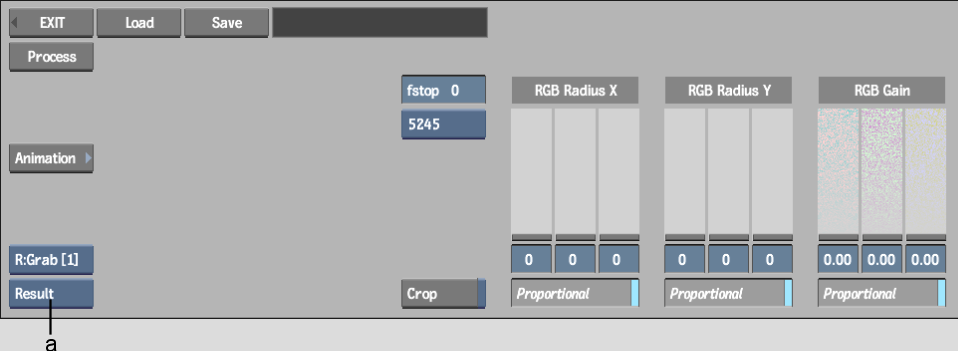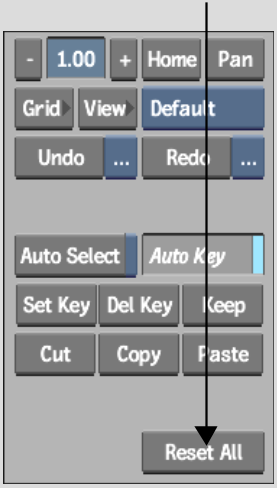Show in Contents

Add to Favorites

Home: Inferno

Removing Grain from a Clip

Adding and Removing Film Grain

Adding Grain Using a Preset Grain Signature

Adding Grain to a Clip
Use the ReGrain command to restore the film
grain on a clip that had been degrained, or to add grain to a clip
originating on video or CG so as to make it look like film.
ReGrain synthesizes preset or custom grain signatures
by modulating noise according to the luma of the image. This modulation
is defined by granularity curves that specify the gain for the luma
values of each channel.
- When
you use a preset grain signature, these curves are implicit in the menu
controls.
- When
you define a custom grain signature, you work with these curves directly.
TipIf you want to colour correct a clip to
which you are planning to add grain, you usually get better results
when you colour correct the clip first, and then add the grain.
To
access ReGrain from the Desktop:
- From the Main menu, click Processing, then
click ReGrain.
- From
the Input Mode box that appears, select Front.
- Select
the clip to which you want to add grain, and then select the destination reel for
the processed clip.
The ReGrain menu appears.
- Optional:
Click Reset All, and then Confirm to reset ReGrain to the default settings.
- By
default, the result clip appears. You can also view the front clip
by selecting Front from the View box.
- To
view the front and result clips simultaneously, and to speed up
interactivity while defining the ReGrain parameters, use the crop
box. See
Defining the DeGrain and ReGrain Area.
To
access ReGrain from Batch:
- Drag
a ReGrain node to the Batch desktop.
- Parent
the output to which you want to add grain to the front clip input socket
of the ReGrain node.
- Select
the ReGrain node.
The ReGrain menu appears.
- Press Alt+2 to select the 2-Up viewport
layout.
With the viewport on the left set to display
the front clip and the viewport on the right set to display the
result clip, you can better track the effects of your changes against
the front clip.
- You
can also use the crop box to view the front and results clips simultaneously,
and to speed up interactivity. See
Defining the DeGrain and ReGrain Area.
- Lastly,
use the reference buffer to store intermediate results as you set
the grain parameters. See
Storing Reference Frames in the Reference Buffer.











